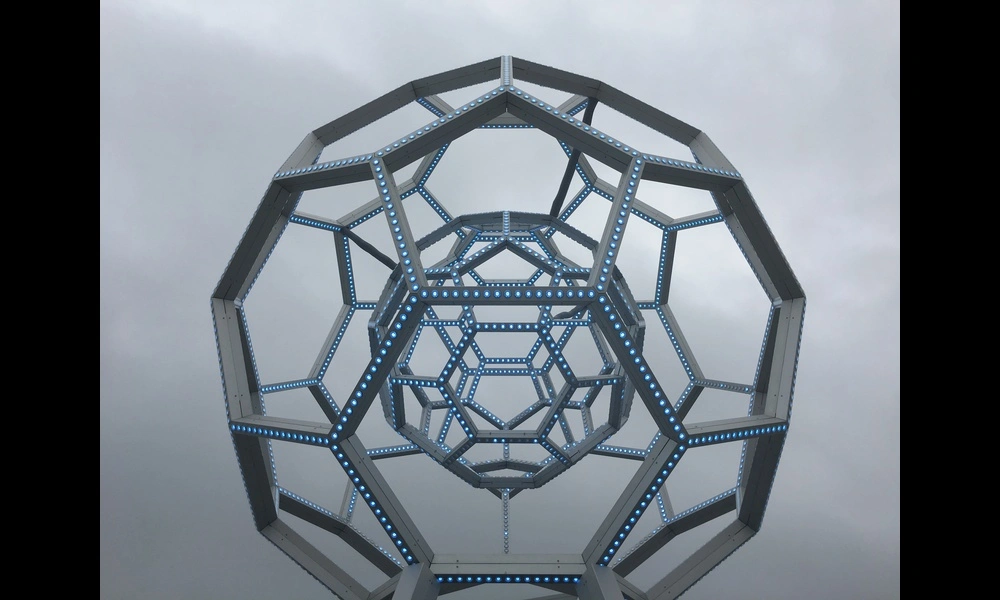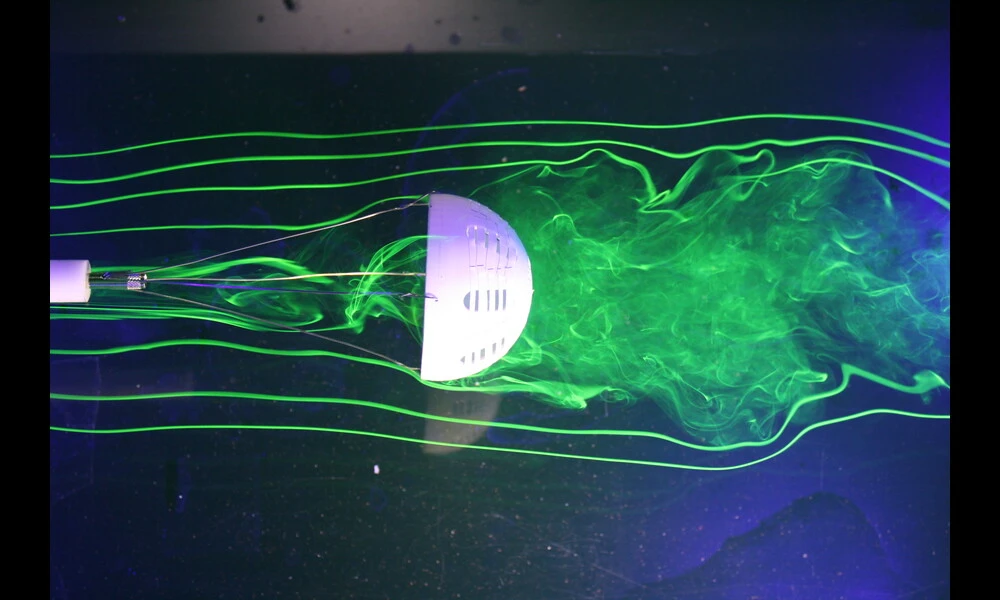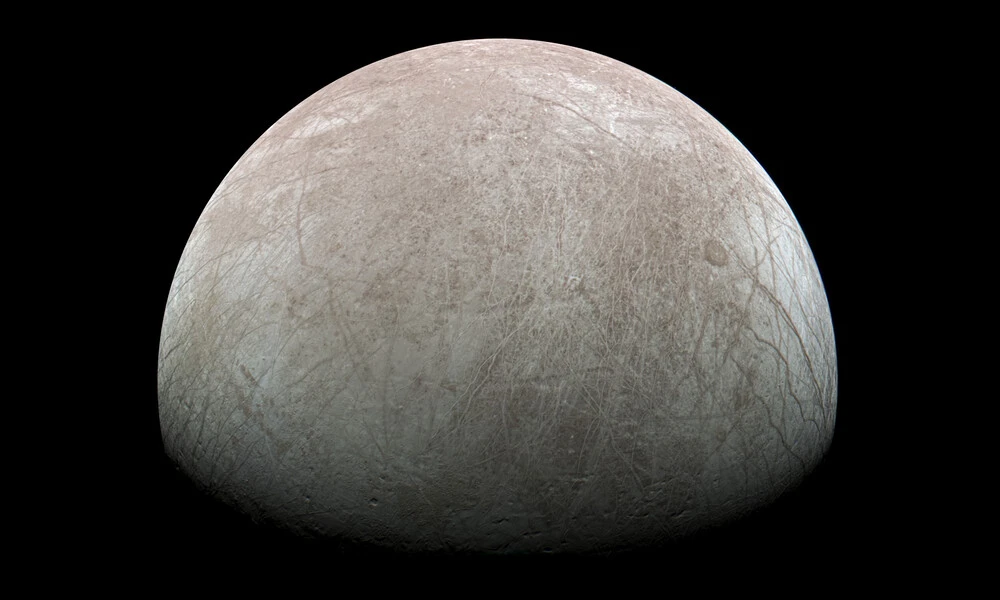Researchers use Bloch Point Nanospheres to make Magnetic Traps
Published on Mon May 29 2023 Buckyball @ Exploratorium | profernity on flickr
Buckyball @ Exploratorium | profernity on flickrA recent study published in the journal Science Advances has explored the use of Bloch point nanospheres as a design for magnetic traps. Magnetic traps are devices that use a gradient of magnetic fields to confine particles with magnetic moments. This research demonstrates that Bloch points, which are specific magnetic textures, can be stabilized in nanospheres and generate a quadrupolar magnetic field that mimics the features of magnetic traps.
One of the main highlights of this study is the magnetic field gradients achieved by the Bloch point nanospheres. These gradients are orders of magnitude higher than those of standard magnetic traps, allowing for three-dimensional trapping. This means that particles can be trapped from different directions in 3D space, adding a new degree of freedom to potential magnetic traps. Additionally, the use of Bloch point nanospheres avoids the commonly used mechanisms associated with Joule heating, making it a promising alternative for trapping particles.
The researchers performed micromagnetic simulations to analyze the stability of Bloch points in magnetic nanospheres of various sizes. They found that Bloch points can be nucleated as a metastable configuration in a wide range of nanosphere radii. The stabilized Bloch points generate a quadrupolar magnetic field outside the nanospheres, which was examined in different array configurations to propose the production of a magnetic trap.
The applications of magnetic traps are diverse, ranging from spintronic-based devices to quantum storage. Magnetic traps can confine charged or neutral particles with magnetic moments, levitate magnetic nanoparticles, and pin neutral atoms at low temperatures. Therefore, the findings of this study could have significant practical implications in various technological fields.
In conclusion, the research on Bloch point nanospheres as magnetic traps opens up exciting possibilities for particle trapping and manipulation. The study demonstrates the high magnetic field gradients achieved and the three-dimensional trapping capabilities of these nanospheres. By avoiding the disadvantages associated with Joule heating, Bloch point nanospheres offer a promising approach to trap particles using their intrinsic magnetization. The potential applications of this research are wide-ranging and could impact several industries, making it a valuable contribution to the field of magnetic traps.



